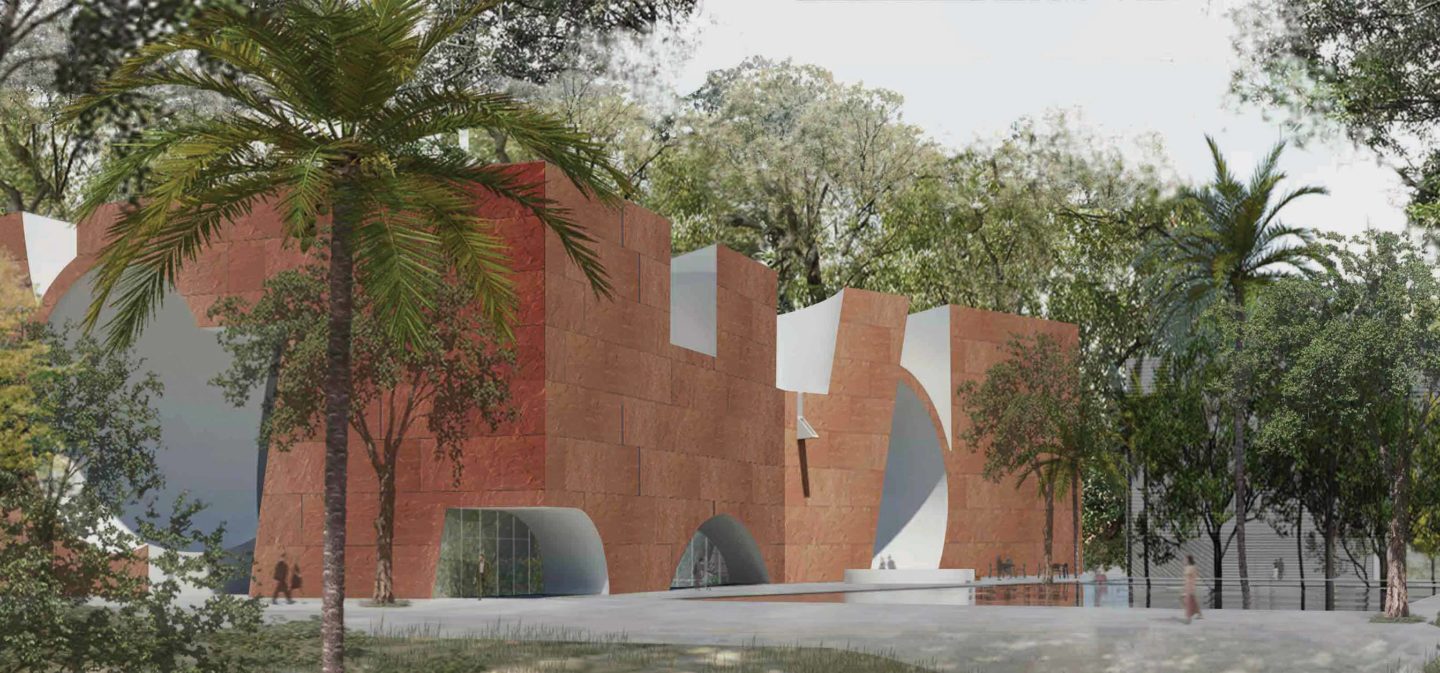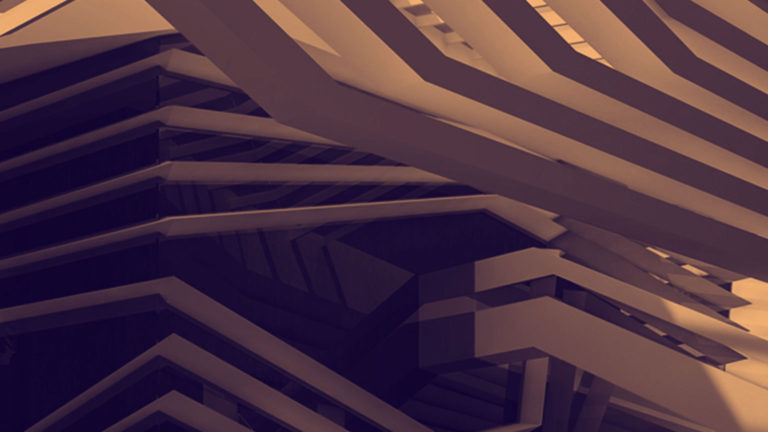The international architectural competition for the North Wing of The Mumbai City Museum (also known as the Dr. Bhau Daji Lad Museum) was the first time such a competition has been held for a public building in Mumbai.
It resulted in an exceptional shortlist of eight outstanding practices (each partnering with a local architect) and benefited from a ‘star chamber’ jury. Eleven leading figures from the museum world, business, academia and architecture met over a three-day period in the Taj Palace, Mumbai to select the winner.
One of India’s pre-eminent cultural institutions, the Museum is a sister museum to the V&A in London. Its original building, now beautifully restored, dates from the late 19th Century and is considered a masterpiece.
The Museum is in the process of creating a new dynamic identity for itself as a cultural hub in Mumbai. The contemporary addition will provide new galleries and facilities including an interpretation centre, a library, an archive, conservation facilities and a new museum shop and café.
The competition to find the best design team was launched at a key moment for the Museum, as it reaches out toward new audiences inside India and internationally. The new North Wing will complement the remarkable heritage architecture and detailing of the main building, yet in showcasing contemporary Mumbai, it will say something fresh and relevant to the 21st Century.
The winning design, by Steven Holl Architects, was distinctive for its sculptural and calligraphic qualities. It proposes a simple volume, enlivened by deep subtracting cuts, creating dramatic effects of light and shade. A reflecting pool in a new garden courtyard between the old and new buildings lies at the heart of the masterplan.
Tasneem Mehta, Managing Trustee and Honorary Director of the Museum said:
‘We have been incredibly impressed by the hard work, commitment and creativity shown by all eight shortlisted teams. However, the winning team produced an outstanding, iconic design, which captivated the Jury. This building will change the cultural conversation in Mumbai and in the wider museum world. The scheme integrates sustainability into the design and is ambitious to set new standards of environmental performances and energy conservation. The campus concept in a growing part of Mumbai will make a real contribution to urban life here.’


